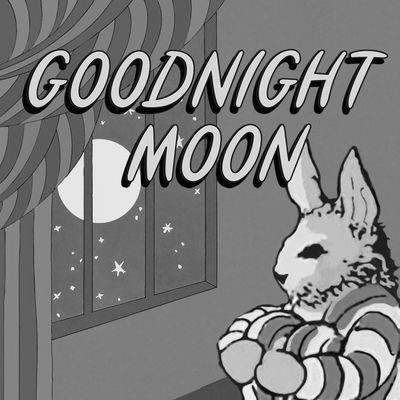
Runaway Money
When she died in 1952, author Margaret Wise Brown left the rights to Goodnight Moon to a nine-year-old neighbor named Albert Clarke. The book became a classic. Clarke, living entirely off the royalties, became a deadbeat.

When she died in 1952, author Margaret Wise Brown left the rights to Goodnight Moon to a nine-year-old neighbor named Albert Clarke. The book became a classic. Clarke, living entirely off the royalties, became a deadbeat.
Joshua Prager The Wall Street Journal Sep 2000 15min Permalink
A fight over 11 Picassos, six van Goghs, five Cezannes, a rare pair of Monet, and more.
Kelly Crow The Wall Street Journal Jul 2016 15min Permalink
The Giants' miraculous 1951 comeback wasn't all that it seemed.
Previously: The Longform Guide to Cheaters.
Joshua Prager The Wall Street Journal Jan 2001 20min Permalink
A profile of the 23-year-old woman who was savagely raped on a private bus as it circled New Delhi.
“If you have read 6,000 books in your lifetime, or even 600, it’s probably because at some level you find “reality” a bit of a disappointment.”
Joe Queenan The Wall Street Journal Oct 2012 10min Permalink
In 1979, a Pulitzer was given to “an unnamed photographer of United Press International” who documented a mass execution in Iran.
His name is Jahangir Razmi – and, nearly three decades later, he wants the credit.
How the U.S. government used a serial con who was caught running a mail-order steroid pharmacy in Mexico to prove that Google was knowingly placing ads for illegal drugs.
Thomas Catan The Wall Street Journal Jan 2012 Permalink
A profile of John Williams.
John Jurgensen The Wall Street Journal Dec 2011 10min Permalink
Mr. Jobs's pursuit for aesthetic beauty sometimes bordered on the extreme. George Crow, an Apple engineer in the 1980s and again from 1998 to 2005, recalls how Mr. Jobs wanted to make even the inside of computers beautiful. On the original Macintosh PC, Mr. Crow says Mr. Jobs wanted the internal wiring to be in the colors of Apple's early rainbow logo. Mr. Crow says he eventually convinced Mr. Jobs it was an unnecessary expense.
Geoffrey Fowler, Yukari Iwatani Kane The Wall Street Journal Oct 2011 15min Permalink
By 2006, S&P was making its own study of such loans' performance. It singled out 639,981 loans made in 2002 to see if its benign assumptions had held up. They hadn't. Loans with piggybacks were 43% more likely to default than other loans, S&P found. In April 2006, S&P said it would raise by July the amount of collateral underwriters must include in many new mortgage portfolios. For instance, S&P could require that mortgage pools have extra loans in them, since it now expected a larger number to go bad. Still, S&P didn't lower its ratings on existing securities, saying it had to further monitor the performance of loans backing them. It thus helped the market for these loans hold up through the end of 2006.
Aaron Lucchetti, Serena Ng The Wall Street Journal Aug 2007 10min Permalink
An early profile of Mrs. Murdoch that made her husband very angry.
The search for the missing Holocaust hero began in 1945. The unending quest tore his family apart.
Joshua Prager The Wall Street Journal Feb 2009 20min Permalink
On January 1st, 2011, the U.S. estate tax will jump from zero to around 50%, which gives a lot of very rich elders (or perhaps more accurately, their heirs) millions of dollars in incentive to expedite death.
In 2007, Harrah’s made 5.6% of its total Las Vegas revenue off of a single person: Terrance Watanabe.
Alexandra Berzon The Wall Street Journal Dec 2009 10min Permalink
A mayday call in the critical moments after the explosion on the Deepwater Horizon drilling platform.
Douglas A. Blackmon The Wall Street Journal May 2010 10min Permalink